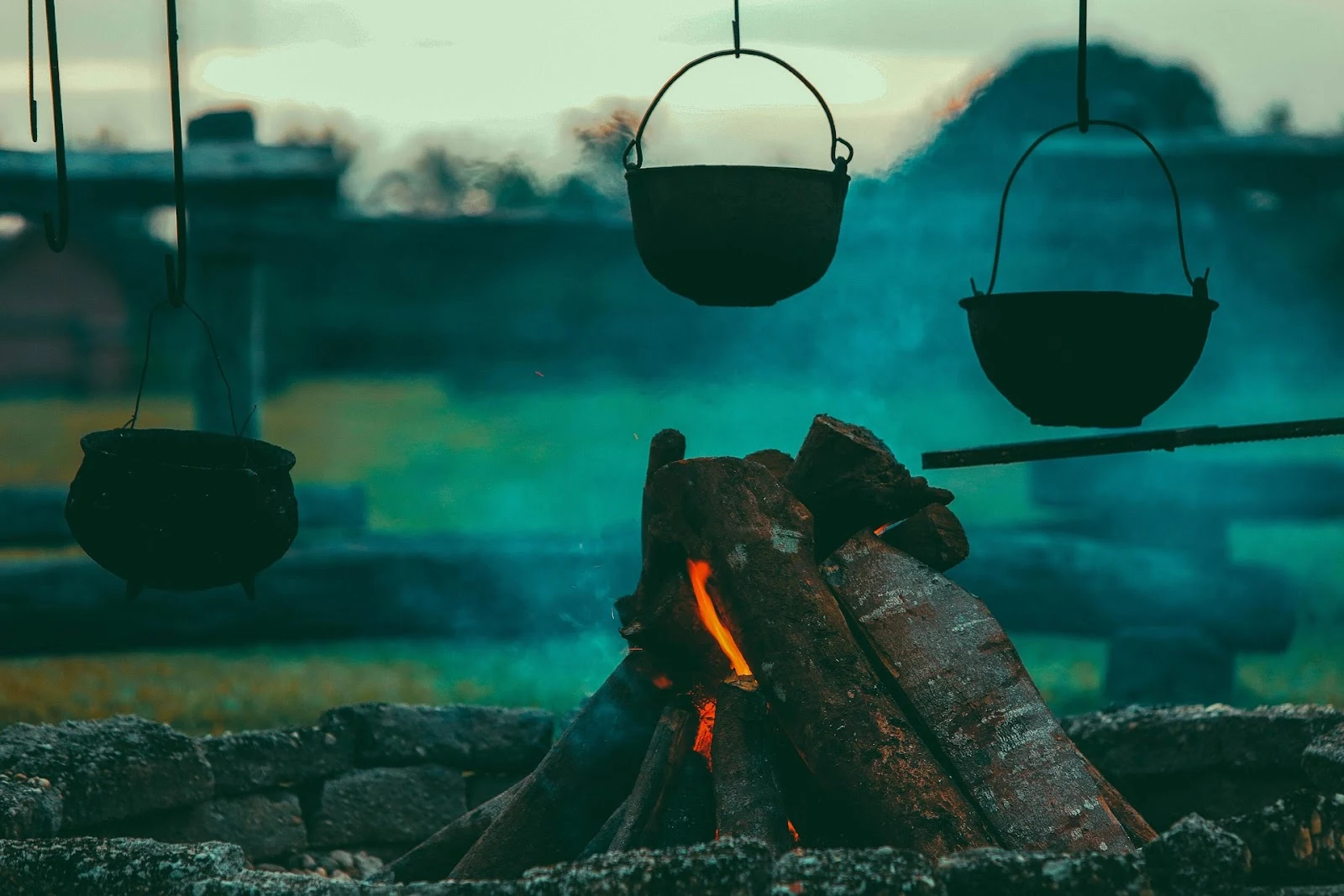Ultimate Guide to Cooking Methods – A to Z Series (Part 2)
Moist heat cooking uses water, steam, stock, or other liquids to transfer heat to food. It's a gentler method, perfect for delicate proteins, vegetables, and starches, often leading to tender textures and nutrient-preserving results.
🔗Part 1: Dry Heat Cooking Methods – Covers grilling, roasting, baking, and more
🔗 Part 3: Combination & Modern Methods – Braising, sous vide, air frying, and others

1. Boiling
Definition:
Boiling involves submerging food in water or broth at 100°C (212°F) until it reaches a rolling boil. This method ensures uniform cooking by surrounding the food with moving hot liquid. It's a fast and energy-efficient way to cook staples like pasta, potatoes, and legumes.
Used for:
Great for pasta, rice, eggs, potatoes, lentils, vegetables, and stock preparation. Widely used in home kitchens, restaurants, and food factories.
Notes:
Boiling can cause nutrient loss, especially in vegetables. Skim off foam or impurities from the top when making broths. Timing and water-to-food ratios are crucial.
2. Simmering
Definition:
Simmering is a gentle form of boiling where the liquid is heated to 85–96°C (185–205°F). Small bubbles rise slowly, preventing overcooking or breaking apart delicate ingredients. Simmering allows flavors to blend over time.
Used for:
Ideal for soups, stews, curries, broths, sauces, and poached fruits or eggs. Often used in slow-cooked recipes and batch cooking.
Notes:
Simmering offers more control than boiling and reduces the risk of toughening proteins. It's especially useful in long cooking processes like meat stews or biryani.
3. Poaching
Definition:
Poaching means cooking food in a shallow liquid just below simmering — usually between 70–80°C (158–176°F). It's used to cook delicate items without agitation, retaining texture and moisture.
Used for:
Best for eggs, fish fillets, chicken breasts, dumplings, and fruits like pears or apples. Common in healthy cooking and fine dining.
Notes:
Poaching liquids often contain aromatics, herbs, wine, or vinegar for added flavor. Avoid boiling, which can damage texture or cause protein curdling.

4. Steaming
Definition:
Steaming is a method where food is cooked by direct contact with steam from boiling water. It's done using bamboo steamers, perforated pans, or electric steamers. Steam penetrates and cooks gently without contact with water.
Used for:
Popular for dim sum, vegetables, seafood, momos, dumplings, idli, and buns. Heavily used in Asian cuisine and health-focused diets.
Notes:
Steaming preserves nutrients, color, and texture. Do not overcrowd the steamer. Keep the lid closed to avoid steam loss. Great for low-oil diets.
5. Blanching
Definition:
Blanching is a quick cooking technique where food is briefly boiled then immediately cooled in ice water. It's commonly used to soften food slightly or prepare it for freezing, peeling, or further cooking.
Used for:
Used to loosen tomato or almond skins, preserve vegetables for freezing, or reduce strong flavors in onions or cabbage. Also used before frying or grilling.
Notes:
Blanching deactivates enzymes in vegetables, helping preserve color and texture. Always use ice water ("shock") to stop cooking instantly.
6. Braising (Mixed with Dry Heat)
Definition:
Braising is a combination technique that starts with searing meat or vegetables and then cooking them slowly in a covered pot with a small amount of liquid. It's perfect for transforming tough cuts into flavorful, tender dishes.
Used for:
Famous for pot roast, beef bourguignon, coq au vin, lamb shanks, oxtail, and braised vegetables. Popular in both European and Asian cuisines.
Notes:
Braising needs time and low heat. The covered pot traps moisture, and the liquid can be turned into rich sauces. Always sear before adding liquid.

7. Stewing
Definition:
Stewing involves submerging small food pieces in a simmering liquid and cooking them over low heat for a long time. The dish cooks evenly as flavors meld and ingredients tenderize.
Used for:
Great for meat curries, Irish stew, vegetable stew, daals, beans, and slow-cooked regional recipes across Asia, Europe, and Africa.
Notes:
Stewing allows the development of deep, complex flavors. Regular stirring prevents sticking. It's often more liquid-heavy than braising.
🔗 Part 3: Combination & Modern Methods – Braising, sous vide, air frying, and others

Comments